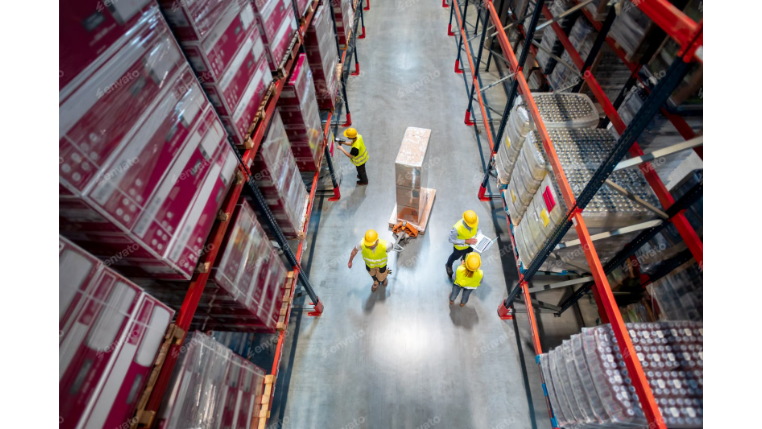Proforma vs. Commercial Invoice: What's the Difference and When to Use Each?
In the language of global trade, both the proforma invoice and the commercial invoice are critical documents, yet they serve distinctly different purposes. While they may look strikingly similar, confusing them can lead to customs delays, payment disputes, and compliance issues. The proforma invoice acts as a preliminary quotation—a "good faith" agreement before a sale is finalized. In contrast, the commercial invoice is the official, legally binding bill of sale issued after the transaction is complete. This guide will compare their functions, timing, and legal implications to help your business navigate international trade with clarity and confidence.
What is a Proforma Invoice? The Preliminary Bill
A proforma invoice is essentially a preliminary bill of sale sent to a buyer in advance of a shipment or delivery of goods. Its primary purpose is to provide the buyer with a detailed quotation and to declare the seller's commitment to provide the goods at the specified prices and terms.
Think of it as a formal price quote. It is not a demand for payment.
- Purpose: To inform the buyer of the goods' details, including quantity, price, shipping weight, and transport charges. It allows the buyer to see what the final bill will look like.
- When It's Used: It is issued before the sale is confirmed and before the goods are shipped. Buyers often need a proforma invoice to:
- Arrange for financing or open a letter of credit (LC).
- Apply for the necessary import licenses.
- Get internal approval for the purchase.
- Key Characteristics: It must be clearly labeled "Proforma Invoice." The details within are considered estimates and can be negotiated or changed before the final sale. Crucially, it has no legal standing as a billing documentand is not recorded in a company's accounts receivable or payable.
What is a Commercial Invoice? The Official Bill of Sale
A commercial invoice is the final, legally binding document issued by the seller to the buyer to request payment for the goods sold. It is one of the most important documents used by customs authorities to determine the true value of the goods and to correctly assess duties and taxes.
This is the official bill for the transaction.
- Purpose: To serve as a formal demand for payment and provide a complete record of the transaction. It is a primary document for customs clearance.
- When It's Used: It is issued after the sale has been finalized and the goods are being prepared for shipment or have already been dispatched.
- Key Characteristics: It is simply labeled "Invoice" or "Commercial Invoice." The information on it is final and cannot be changed. It includes precise details like an invoice number, order details, banking information, and shipping terms (Incoterms). It is a core accounting document that is legally binding and reflects a debt owed by the buyer.
Head-to-Head Comparison: Proforma vs. Commercial Invoice
To make the distinction crystal clear, here’s a direct comparison of their key attributes:
1. Purpose
- Proforma: A quotation to define the terms of a potential sale.
- Commercial: A bill to demand payment for a completed sale.
2. Timing
- Proforma: Issued before the sale is confirmed.
- Commercial: Issued after the sale is confirmed.
3. Legal Standing
- Proforma: Not a legally binding document for payment. It's a commitment to sell, not a right to collect.
- Commercial: A legally binding contract that confirms a sale and a debt.
4. Flexibility
- Proforma: The terms and prices are subject to change and negotiation.
- Commercial: The terms and prices are final and reflect the agreed-upon sale.
5. Accounting Role
- Proforma: Not recorded in accounts payable or receivable.
- Commercial: A foundational document for accounting, recorded in both accounts payable (buyer) and receivable (seller).
Why the Distinction is Crucial for Global Trade
Understanding this difference isn't just academic; it has real-world consequences for your supply chain.
- For Customs Clearance: Customs officials worldwide rely on the commercial invoice to assess duties and taxes. Submitting a proforma invoice can lead to your shipment being delayed or rejected, as it isn't considered proof of a finalized transaction.
- For Financial Compliance: From an accounting and legal perspective, recognizing a sale based on a proforma invoice is incorrect. A sale is only official once a commercial invoice is issued.
- For Preventing Disputes: By starting with a proforma invoice, both parties can align on all details before committing. This ensures that when the final commercial invoice is issued, there are no surprises, leading to a smoother transaction and faster payment.
Conclusion
In conclusion, the proforma invoice is the "plan," while the commercial invoice is the "proof." The proforma sets expectations, and the commercial finalizes the deal. Mastering the use of both documents is fundamental to successful international trade. Managing this critical documentation is a key challenge in logistics, and this is where technology can provide a major advantage. Platforms like Modaltrans help businesses centralize, manage, and share trade documents like invoices and bills of lading, ensuring compliance and providing a single source of truth for every shipment.










